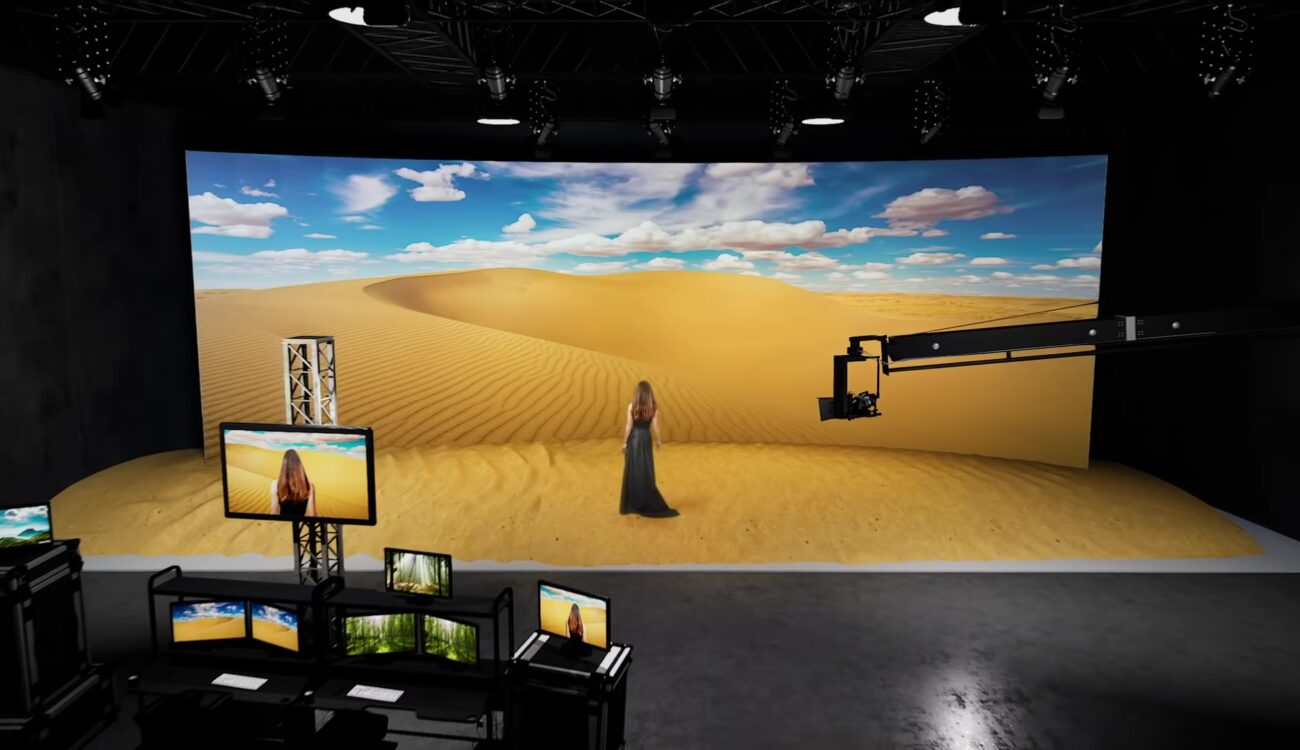Clarifying Light Emitting Diode Display Screen Illumination Measurements aiming at Optimal Visual Performance
Clarifying Light Emitting Diode Display Screen Illumination Measurements aiming at Optimal Visual Performance
Blog Article
Light Emitting Diode wall panels are increasingly popular in various settings, including residences and commercial spaces as well as communal areas. Such screens tend to be recognized due to their bright as well as vibrant displays, which make them ideal for conveying data, ads, and entertainment. However, understanding the brightness measurements for Light Emitting Diode panel screens is essential for ensuring optimal visual efficacy. Illumination can be quantified in units called candelas, that indicate how much light is emitted by a screen. A higher the quantity in candelas, the brighter more luminous a visual is. For instance, example, a panel with one thousand candelas stands considerably brighter than one with five hundred candelas, rendering this one better equipped in well-lit environments.
When choosing a Light Emitting Diode panel panel, it is important to consider which setting where that the screen will be placed. For brightly lit areas, such as shopping malls or outdoor settings, higher increased brightness level is necessary to ensure visibility. On the other hand, within dimmer settings, like theaters or conference rooms, a lower brightness level may suffice. This is because excessive brightness in a dark environment may lead to discomfort for viewers, making it harder to focus on the screen. Thus, comprehending specific particular needs for an setup site will aid with selecting a suitable illumination rate to ensure optimal viewing experience.
Another important factor to consider is contrast differential proportion in an Light Emitting Diode panel panel. The contrast ratio measures the difference between the brightest most luminous light versus the darkest black black which a panel can produce. A higher differential proportion indicates the display can it is capable of show more detail and depth, which improves general visual clarity. For instance, a panel with an differential proportion at 10,000:1 will display images featuring greater brilliant colors and sharper details than a featuring a ratio at one thousand to one. Such becomes particularly important when displaying images and motion graphics which demand high clarity and fine details, including slideshows or promotional content.
Additionally, the technology mechanism behind LED wall screens plays a crucial role for the brightness and total efficiency. Various types of LED methods, including OLED and LCD, have unique traits which affect how luminosity is experienced. OLED panels often provide superior contrast and darker shades, which can improve a viewing experience in dim settings. On the other hand, traditional LED screens might prove to be more suitable for bright this page spaces because of their ability for generate higher amounts in brightness. Understanding these technological variances will guide users to making informed decisions read the article according to their individual requirements.
Finally, regular maintenance and adjustment of Light Emitting Diode panel panels may assist maintain optimal brightness as well as efficacy over time. Dust and particles may accumulate in the surface, impacting its brightness as well as clarity of a display. Regular washing and professional adjustment can guarantee that the screen operates in top best, offering consistent image clarity. Additionally, certain sophisticated LED wall panels feature with built-in options that enable users to modify brightness settings as well as hue settings based on their wants. By taking such steps, operators can guarantee the their Light Emitting Diode wall screens provide the optimal display efficiency, no matter the setting in that they are placed.